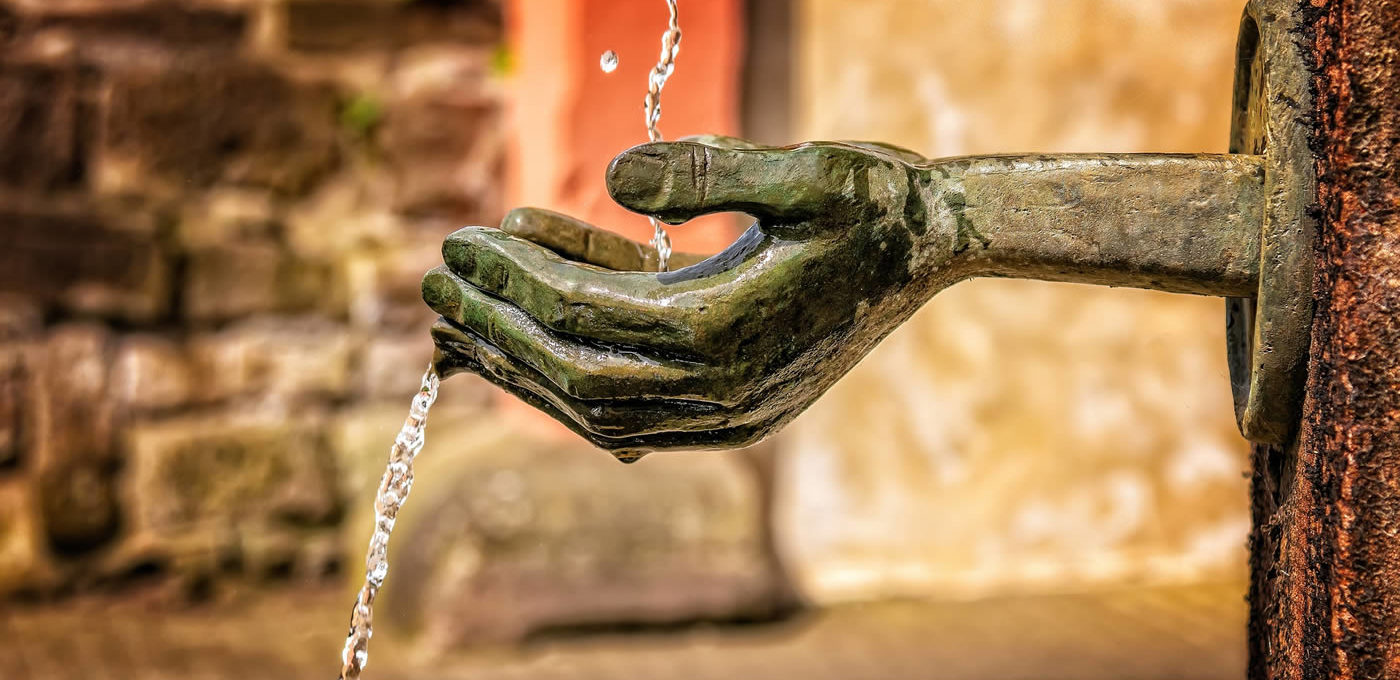There are many things that we take for granted in the West — fresh drinking water might be one of the highest on that list. In the developing world, access to clean drinking water is limited and sometimes can only be found available miles away from their homes. The average distance to a clean water source is 3.7 miles in Africa, forcing those who are able (mostly women) to travel by foot multiple times a day. However, renewable energy technology and inexpensive technology options are helping provide solutions for the clean water shortage worldwide.
Solar Sanitization
Solar power has been making strides in energy consumption reduction for nearly a millennium. There are two types of water filters that use solar energy and require no other form of energy to filter contaminated water into clean drinking water. The Eliodomestico has a clay still that holds a black lidded container with a spout on top that rests on top of a bowl. To use it, you pour water into the spout and then leave to let the sunlight turn the water into steam. The condensation from the steam travels alongside the outside of the container and into the bowl below. After about 8 hours the bowl is full of fresh drinking water.
The other solar powered device is a Watercone. It is a much simpler design. It has a flat black base with a lip that you fill with saline or slightly dirty water void of solids. On top of the water will float a clear plastic cone the same diameter as the black dish with a plugged opening on the very tip of the cone. As the water heats it will build up condensation along the inside of the cone. When the cone is covered in condensation, simply remove the plug at the top, flip the cone over and dump the water into a clean receptacle.
Wave energy and desalination
The Carnegie Perth Wave Energy Project has shown that energy harvested from the swells of the ocean waves could be another viable sustainable energy source. These sustainable leaders have developed this project by placing large buoys that are tethered to the ocean floor by hydraulic pumps. The buoys, known as the CETO 5, also work to desalinate sea water with the energy produced by the waves. The buoy bobs up and down with the waves, pushing pressurised water through power turbines. It is an efficient method that does not require fossil fuels, nor does it emit greenhouse gases. It has been argued that the CETO technology (named after the Greek sea goddess) is more efficient since it is submerged below the surface and is active 24 hours a day, unlike solar and wind power generation.
Inexpensive technology
Inexpensive technology has the ability to become more widespread in rural communities and developing countries that have difficulty gaining access to clean and drinkable water. The luxury of expensive water filtration systems is not financially feasible. Even in the event that a more expensive filtration system was sponsored or given as a donation, it is likely the cost of repairs or a replacement filter would be financially devastating for the community that it provides potable water for.
Life Straw
The Life Straw is a mobile water purification tool that can fit in your backpocket. The straw was designed by Vestergaard Frandsen and is guaranteed to remove 99.9999% of bacteria from any water source (lake, river, creek or stream). It does not require batteries or any electricity to use. The force of drawing the water through the super fine filter by the act of sucking through straw is all it takes to complete the purification process. It only costs $5 to make and offers safe and clean drinking water to one individual for an entire year.
The Drinkable Book
The Drinkable Book is the first of its kind. It provides education about hygiene and sanitation on the pages inside the book and each half sheet of paper works like a coffee filter to purify water, making it potable. The half sheets read “The water in your village may contain deadly diseases but each page of this book is a paper water filter that will make it safe to drink.” The entire book would provide four years of clean water for one person. They are currently working on providing the book in a number of different languages to disperse globally.
LIFESAVER Jerrycan
The LIFESAVER Jerrycan hold up to 18.5 litres of water and its lifespan is meant to effectively filter 10,000 litres of clean, drinkable water. There is an automatic indicator on the jug that will notify you when the filter is in need of replacing. The jug is heavy duty and built to withstand being repeatedly dropped and rugged environments. To use, store contaminated water in the jug and filter water as needed, never replacing the jug with filtered water for storage to avoid recontamination. It is very intuitive to use— simply fill, pump and drink.
The global population will likely experience further issues obtaining fresh water as a result of an exponential rise in population and the ecological crisis caused by global warming. We will likely heavily rely on technology to solve the access to clean water issue. Some countries are finding that increased tourism is helping to spotlight pollution and the water access issue and are looking at it as a possible solution. For those that are in a position to help, donating to the programs that are currently helping to provide potable water to those in need is a way that you can take action now.

